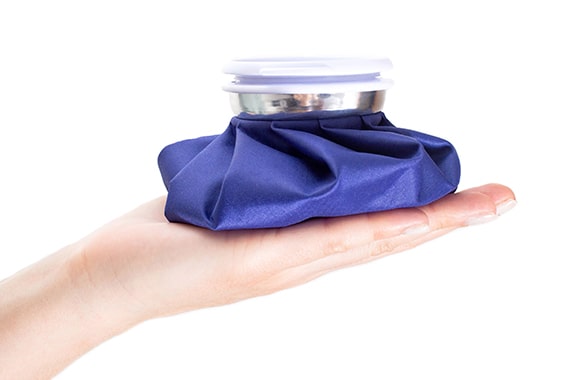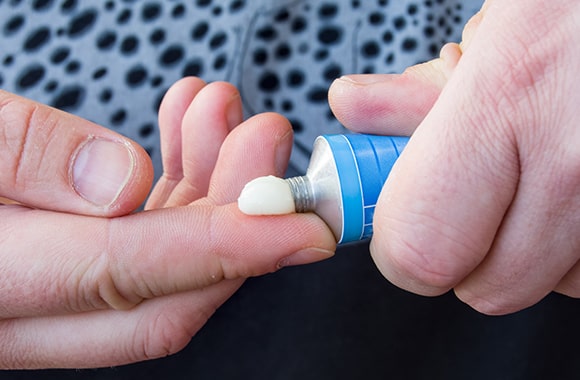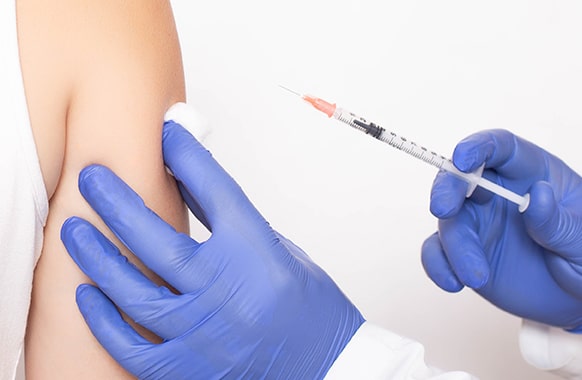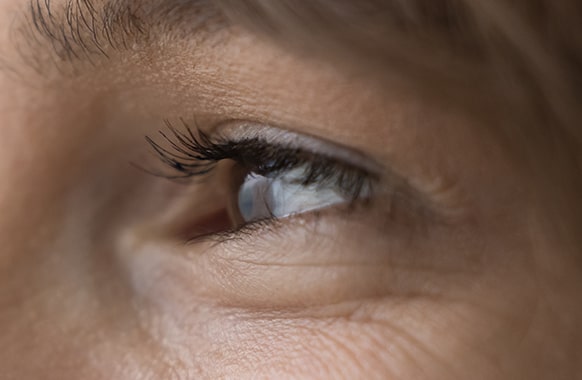Eye allergies, also known as allergic conjunctivitis, occur when the eyes react to allergens in the environment. These allergens can include pollen, dust, pet dander, mold, or certain types of cosmetics. When the eyes come into contact with these allergens, the body’s immune system releases histamines, which lead to symptoms such as itching, redness, swelling, and watery discharge.
There are several types of eye allergies:
- Seasonal Allergic Conjunctivitis (SAC): This type of allergy occurs seasonally, typically triggered by outdoor allergens such as pollen from trees, grasses, and weeds.
- Perennial Allergic Conjunctivitis (PAC): PAC occurs year-round and is often caused by indoor allergens such as dust mites, pet dander, mold, or cockroach droppings.
- Vernal Keratoconjunctivitis (VKC): VKC is less common and typically affects young people, especially boys. It occurs seasonally and is characterized by more severe symptoms, including intense itching, discharge, and sensitivity to light.
- Atopic Keratoconjunctivitis (AKC): AKC is a chronic and severe form of allergic conjunctivitis that primarily affects adults with a history of atopic dermatitis, asthma, or allergic rhinitis.
Treatment for eye allergies aims to relieve symptoms and reduce the body’s immune response to allergens. Here are some common treatments and strategies:
1. Avoidance of Allergens
Identifying and avoiding allergens whenever possible can help reduce symptoms. For example, using air purifiers, keeping windows closed during high pollen seasons, and washing bedding regularly can minimize exposure to allergens.
2. Eye Drops
Over-the-counter or prescription eye drops such as Pataday (sold in all office locations), Alaway, or Lastacaft.
3. Oral Antihistamines
Medications like loratadine (Claritin), cetirizine (Zyrtec), or fexofenadine (Allegra) can help control systemic allergy symptoms, including those affecting the eyes.

4. Cold Compresses
Applying cold compresses to the eyes can help alleviate itching and swelling.

5. Topical Corticosteroids
In severe cases or under the supervision of an eye care professional, topical corticosteroids may be prescribed to reduce inflammation and provide relief. However, prolonged use can lead to side effects, so they should be used sparingly and with caution.

6. Immunotherapy

7. Eye Protection
Wearing sunglasses or eyeglasses can help shield the eyes from allergens, wind, and other irritants when outdoors.

